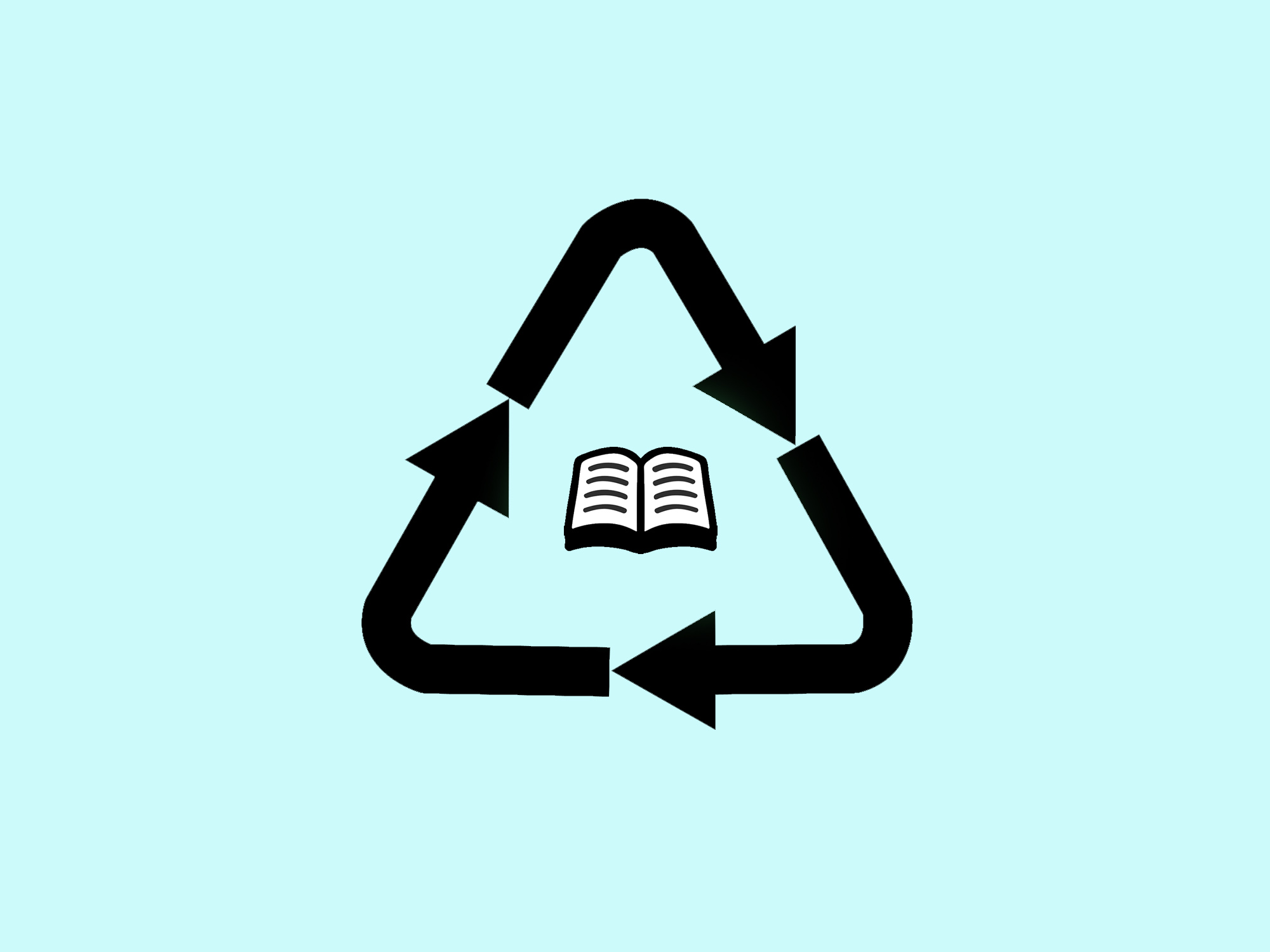Probe: Return
An important part of reading is returning to what you have read in order to re-approach or revise your thinking. Your thinking and your understanding of a text should change as you read it and this probe allows for that exploration.
In order to create a probe that returns to the text meaningfully, there are a few ways that you can approach your work:
- (1) First Thoughts: Think back on your first thoughts about the text.
- Find one place in the text that reinforces those thoughts.
- Fine one place in the text the contests those thoughts.
- (2) Striking Passage: Identify a passage that feels significant to you.
- How does it compare and contrast to what the author is doing stylistically, thematically, or structurally in other parts of the text?
- If different, why might that be the case?
- (3) Theme: Reflect back on a theme that's been discussed in connection to the text.
- Where do we see that theme over the course of the text?
- What is the author doing to develop the theme?
- Does it change or evolve over the text?
- (4) Choose your own Adventure: Don't like any of the above, focus on your own thing.
So, when creating a probe that allows us to return to the text you need to:
- Choose one of the options above to explore in returning to the text.
- Optional: Provide any framing about the probe you've created.
- Find some evidence that connects to what you're returning to.
- In choosing your evidence be sure that you:
- Choose a rich passage to share.
- Alternatively, you can have your peers find the evidence. Just make sure it is clear what they should be looking for.
- Create guiding question(s) that explore the thing that you want to return to in your probe. Ideally, your question(s) should explore:
- How it informs and connects to larger themes we've already seen.
- You could also work to connect it to:
- Bigger, Common Themes
- Previous Texts
- Analyze the 'readings' in connection to your probe.
- Basically, be ready to discuss answers to your guiding question(s) and how returning to the text informed your understanding of the text. In discussing your evidence and how it connects, be sure to be granular in your analysis.
Here is an example of what this might look like:
